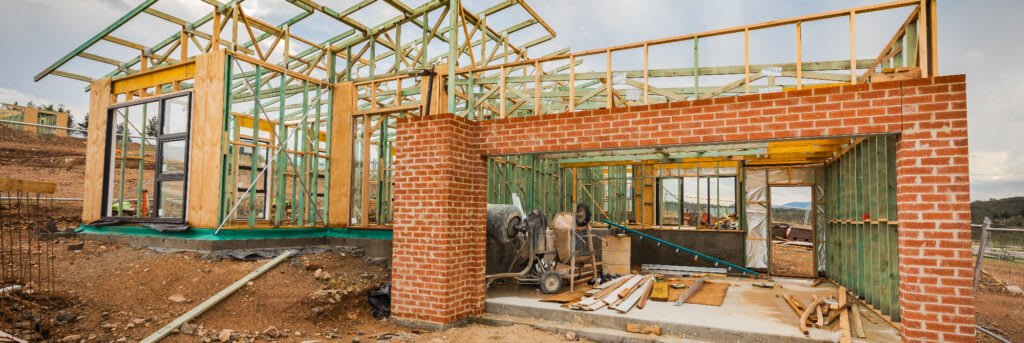What’s the difference between the Diminishing Value method and the Prime Cost method of depreciation?
So, you’ve received your tax depreciation schedule – now you have a choice to make. Should you choose to claim the Diminishing Value method or the Prime Cost method?
Both methods are based upon the effective life of the asset – i.e. how long it will last.
Diminishing Value Method
The DV method depreciates items more quickly upfront. This method recognises that most plant and equipment items lose a higher portion of their value early on.
The decline in the item’s value gets progressively smaller over time towards $0.
For example: if the carpet you bought has a value of $1000 and a 10 year effective life, you would calculate the depreciation rate as follows:
Year 1: $1,000 x 20% = $200
Year 2: ($1,000 – $200) = $800 x 20% = $160
Year 3: ($1,000 – $200 – $160) = $640 x 20% = $128
And so on and so on.
When should I use this method?
Property investors tend to use the DV method when they want their deductions upfront. As they say, a dollar today is worth more than a dollar tomorrow.
A Washington Brown depreciation schedule provides property investors with an annual breakdown of all eligible deductions using both depreciation methods. To request a free quote for a fully comprehensive report, click here.
Prime Cost Method
This method allows you to spread out how much you can claim each year evenly.
For instance, with the Prime Cost method, carpet purchased for $1000 (with an effective life of 10 years) can be claimed at 10% per annum or $100 per year.
When should I use this method?
This may suit someone, for instance, who bought the property then lived in it for a few years before turning it into a rental property.
Or perhaps someone with little to no income in the next few financial years wants to have greater claims available when they start earning a higher income and enter a higher tax bracket.
You will not miss out on as many deductions by slowing down the claim.
*Remember, once you choose your depreciation method, you cannot alternate between the two.

What about the Capital Works Deduction – what method should I Choose?
The capital works deductions relate to the structure of the building and include items like bricks, concrete & the roof.
These items last longer, and the ATO has determined that they can be claimed over 40 years for investment property.
When claiming capital works deductions, you can only use the prime cost method at a rate of 2.5% per annum based upon the actual construction cost.
So let’s say the construction of the property, excluding plant and equipment items, equates to $300,000. You can claim $300,000 X 2.5% per annum for 40 years.
That’s a claim of $7,500 per annum for 40 years from when it’s brand new. If you buy the property and it’s 20 years old, you will still be able to claim $7,500, but only for 20 more years.
You cannot fast track this claim and use the Diminishing Value Method.
That’s why we always recommend you talk to your financial advisor about which method suits your circumstances.
To find out how much in depreciation deductions you’re entitled to, submit your property for a free review by one of our Quantity Surveyors.